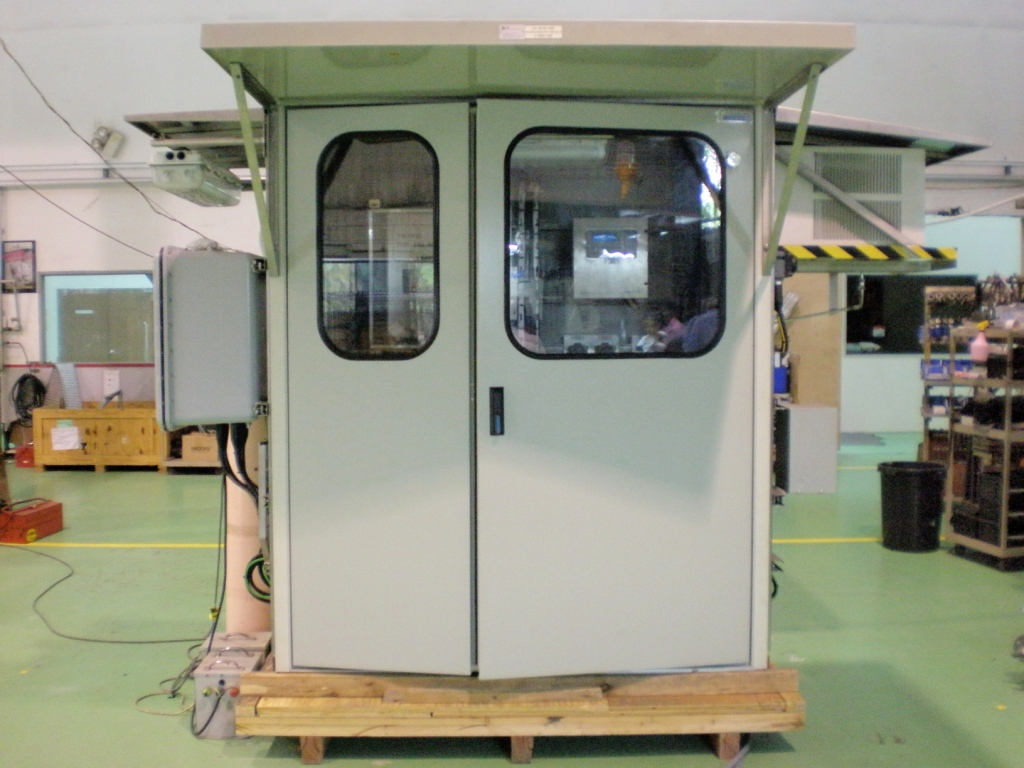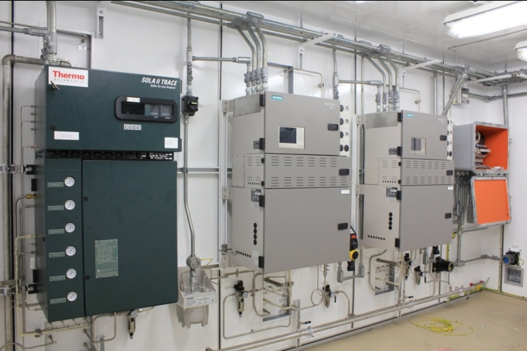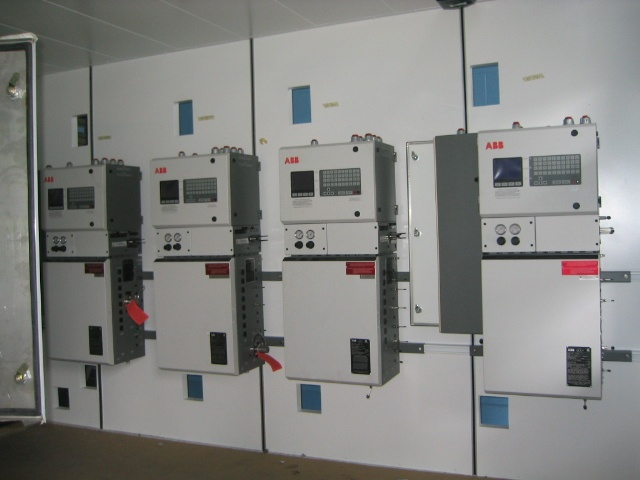Quality standards for online analyzers
The quality standards for online analyzers usually include the following aspects:
performance index
Measurement range: It should meet the actual application requirements and cover the concentration or parameter range of the detected substance. For example, an online analyzer used for water quality monitoring should have a measurement range that covers the concentration variation range of common pollutants.
Accuracy: The degree to which a measurement result is close to the true value, usually expressed as error. For example, the measurement error of an online ammonia nitrogen analyzer is within ± 5%, indicating high accuracy.
Precision: Reflects the repeatability and stability of measurement results, usually expressed as relative standard deviation (RSD). If the RSD of the same standard sample measured multiple times by an online analyzer is less than 2%, it indicates good precision.
Sensitivity: refers to the ability of an instrument to respond to small changes, and online analyzers with high sensitivity can detect substances at lower concentrations. For example, some high-precision online gas analyzers can detect gas concentration changes at the ppm (parts per million) or even ppb (parts per billion) level.
Resolution: The minimum difference in measurement values that can be distinguished. For example, if the resolution of an online temperature analyzer is 0.1 ℃, it can display temperature changes up to one decimal place.
Response time: The time interval from the change of input signal to the stable output signal of the instrument. Online analyzers with shorter response times can more timely reflect changes in the measured parameters. For example, in industrial production processes, online analyzers used for real-time monitoring of chemical reactions have shorter response times and can quickly provide feedback on the reaction process in order to adjust production parameters in a timely manner.
reliability index
Stability: The ability of an instrument to maintain stable performance over a certain period of time. Usually, the fluctuation of measurement results is observed through long-term continuous operation or testing under different environmental conditions. For example, if the deviation of the measurement results is within the allowable range after continuous operation for 72 hours, it indicates good stability.
Repeatability: The consistency of results when measuring the same substance multiple times under the same conditions. Generally, it is required that the repeatability error be within a certain range, such as less than 3% or 5%.
Failure rate: The probability of an instrument malfunctioning within a specified usage period. A low failure rate means that the instrument operates reliably, reducing production interruptions or missing monitoring data caused by downtime due to malfunctions.
Service life: The normal service life of an online analyzer is usually determined by the service life of key components such as sensors, light sources, etc. Generally speaking, high-quality online analyzers can have a lifespan of 5-10 years or even longer.
Environmental adaptability
Temperature range: The ambient temperature range within which the instrument can operate normally. For example, some online analyzers are suitable for ambient temperatures ranging from -10 ℃ to 50 ℃, which can meet the usage requirements of most industrial sites and outdoor environments.
Humidity range: adaptability to environmental humidity. For example, in humid chemical production environments, online analyzers need to have good moisture resistance and be able to work stably under conditions of relative humidity of 30% -90%.
Dustproof and Waterproof Rating: Represented by IP (Ingress Protection) rating, such as IP65 indicating a dustproof rating of 6 (completely preventing dust from entering) and a waterproof rating of 5 (preventing water spray from entering). In environments with high dust and water splashes, such as mines and sewage treatment plants, online analyzers with high dust and water resistance levels are required.
Anti interference capability: the ability to resist interference factors such as surrounding electromagnetic environment, vibration, noise, etc. For example, in industrial sites with strong electromagnetic interference, online analyzers should be able to accurately measure without being affected, and their anti-interference ability can be verified through electromagnetic compatibility testing.
Safety indicators
Electrical safety: comply with relevant electrical safety standards, such as good insulation performance, grounding protection, etc., to prevent the risk of electric shock to users.
Explosion proof performance: Online analyzers used in flammable and explosive environments, such as online gas analyzers in the petrochemical industry, need to have explosion-proof functions and comply with corresponding explosion-proof standards, such as Ex d Ⅱ B T4, to prevent explosion accidents caused by electrical sparks or high temperatures generated by the instrument.
Radiation safety: For online analyzers that use radioactive substances or generate radiation, such as some nuclear industry online analyzers, it is necessary to ensure that the radiation dose is within a safe range, poses no harm to operators and the surrounding environment, and meets national radiation safety standards.
Communication and Data Interface Standards
Communication Protocol: Supports common communication protocols such as Modbus, Profibus, HART, etc. for data transmission and integration with other devices or systems. For example, in industrial automation control systems, online analyzers need to exchange data with PLCs (Programmable Logic Controllers), DCS (Distributed Control Systems), and other devices through specific communication protocols.
Data interface type: Equipped with suitable data interfaces such as RS-232, RS-485, Ethernet interfaces, etc. The RS-232 interface is commonly used for short-range, low-speed data transmission; RS-485 interface can achieve long-distance and multi-point communication; Ethernet interfaces are suitable for high-speed, high-capacity data transmission and network connections.
Data transmission rate and stability: Ensure fast and stable data transmission, avoid data loss or transmission delay. For example, for application scenarios that require high real-time monitoring, such as online water quality monitoring systems, the data transmission rate of online analyzers should be able to meet the requirements of real-time data acquisition and processing.









Please first Loginlater ~